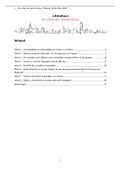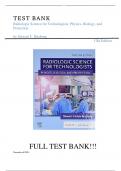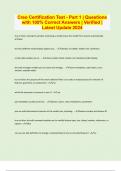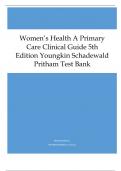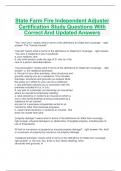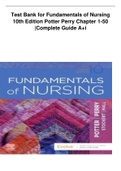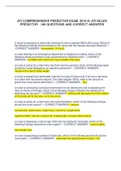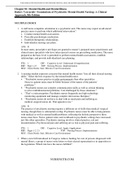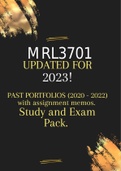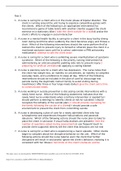Samenvatting
Samenvatting literatuur Stad als Woonmilieu (master Grootstedelijke Vraagstukken en Beleid EUR)
- Instelling
- Erasmus Universiteit Rotterdam (EUR)
De gehele literatuur van het eerste vak 'De stad als woonmilieu' van de master Grootstedelijke Vraagstukken en Beleid aan de Erasmus Universiteit Rotterdam. Inclusief richtvragen uit de werkgroep en drie oefenvragen van het tentamen onderaan. Succes!
[Meer zien]
